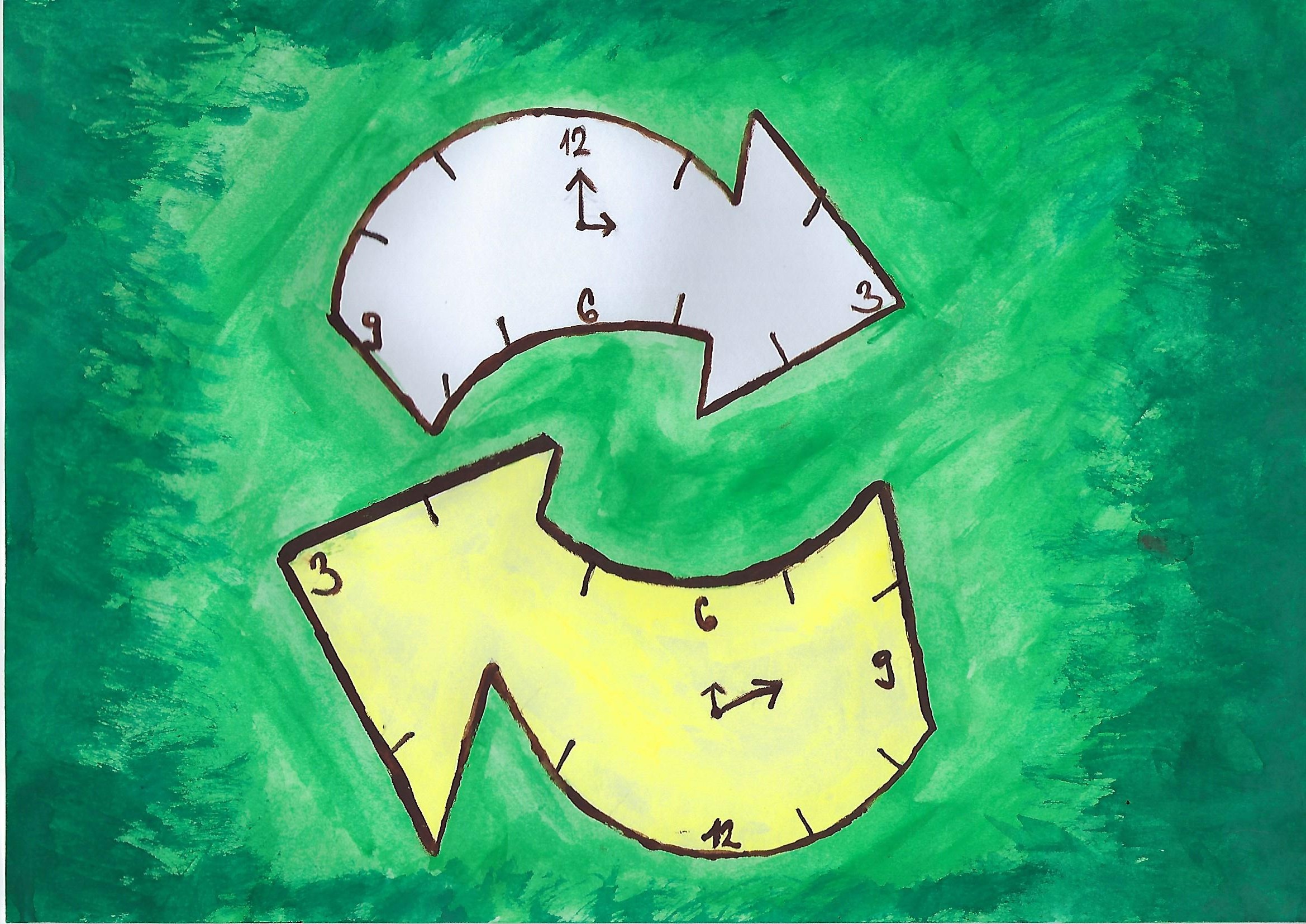ČESKÁ VERZE
Chaotic systems violate the causality principle
“The cause precedes the effect,” is the principle of causality valid in natural and social sciences. Chaos theory uncovers the phenomena whose future cannot be reliably predicted even if one knows mathematical equations describing the evolution of such chaotic systems. What if the effect precedes the cause in a sequence of phenomena with unclear future, or, in other worlds, can chaotic systems violate the causality principle?
The distinction between the cause and the effect can be complicated in studies of complex dynamical phenomena. Modern mathematical and computational methods are able to uncover causal relations in experimental data reflecting the evolution in time of studied phenomena or systems. As examples we can name electrical signals of the brain (EEG) or the heart (ECG), or long-term recordings of air temperature or other meteorological variables. Chaotic systems are mathematical models of complex natural phenomena, for instance, processes in the Earth atmosphere or in a human body. In a recent study, scientists from the Czech and Slovak Academies of Sciences discovered that the chaotic systems violate the causality principle. In computer simulations they reversed the direction of time. In the case of usual, so-called linear systems, the mathematical methods for the detection of causality swapped the cause and the effect, as expected from the principle of causality in the reversed time. However, in chaotic systems, the cause remains to be the cause also in the reversed direction of time and even if the cause occurs after the effect. This paradox can be observed in computer simulations. Its occurrence in the real life is prevented by the time-irreversibility of chaotic processes.
If we observe this paradox in the causal analysis of real data, i.e. if the cause and the effect did not swap their roles in time-reversed data streams, we get a signal that the studied data are a result of a chaotic process. And this is the practical value of this study. The obtained knowledge helps to uncover physical mechanisms of causal relations observed in experimental data. For instance, in the Earth atmosphere, the causal influence of El Niño on weather in distant places can be characterized as a linear transfer of time-delayed signals. A translation from the mathematical to the physical language can be a transport of air masses and related energy. On the other hand, in a human body, the rhythm of breathing influences the rhythm of the heart and this causal relation can be understood as interactions of nonlinear, possibly chaotic oscillators.
The study
M. Paluš, A. Krakovská, J. Jakubík, M. Chvosteková:
Causality, dynamical systems and the arrow of time,
has been published in
Chaos 28, 075307 (2018).

Illustration: Eliška Palušová © Milan Palus 2018